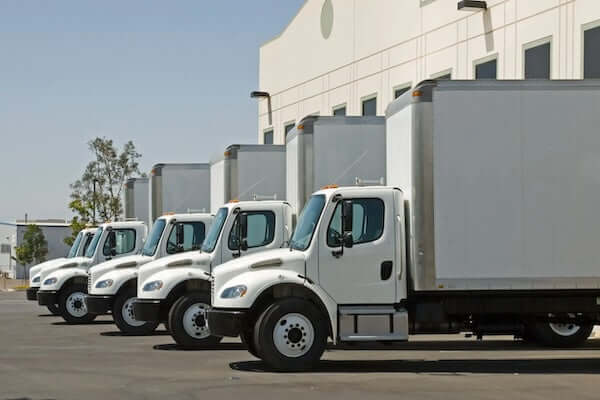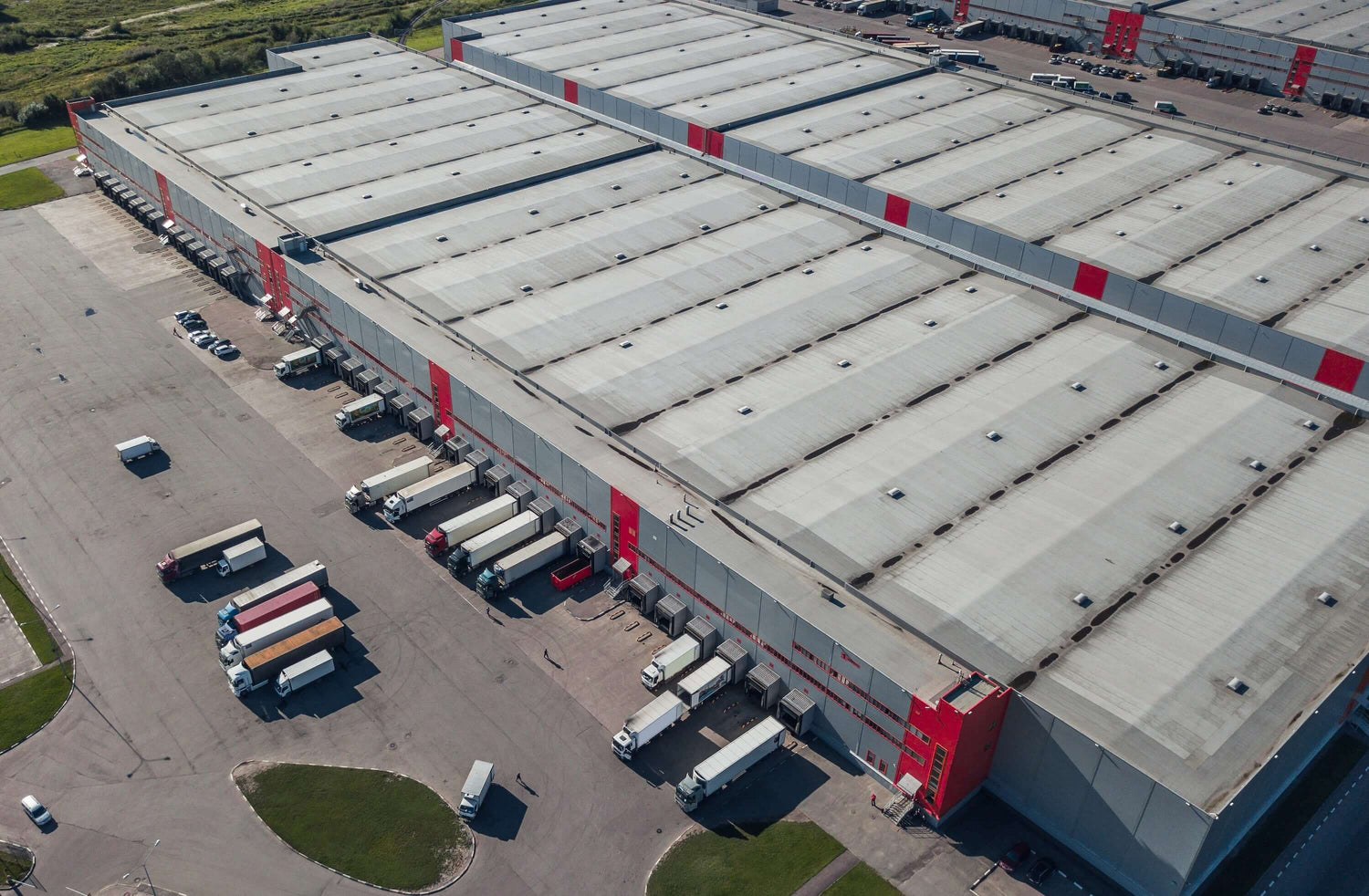The Toyota 4Runner, especially first and second-generation models from 1984 to 1995, is one of the most iconic SUVs ever built. Known for durability and off-road reliability, these classics are still on the road today—but after decades of use, many original engines are nearing the end of their lifespan. Replacing the engine can breathe new life into your 4Runner, giving you years of reliable service without sacrificing the rugged charm of your vintage SUV.
This step-by-step guide will walk you through the process of replacing a Toyota 4Runner engine from this era. Whether you’re a DIY mechanic or working with a shop, knowing the process helps you plan, budget, and ensure a successful installation. At Power Engines, we specialize in high-quality replacement and remanufactured engines that are road-legal and built to OEM specifications, making us your trusted source when tackling a job like this.
Preparation and Tools You’ll Need
Before starting, gather the proper tools and equipment: engine hoist (2-ton recommended), engine stand, full socket and wrench set (metric), screwdrivers and pliers, jack stands and hydraulic jack, fluids (engine oil, coolant, transmission fluid if applicable), and a shop manual for torque specifications and wiring diagrams. Always disconnect the battery first and ensure your vehicle is parked on a flat, stable surface.
Step 1: Remove the Hood and Prep the Bay
Start by unbolting the hood for easier access. Label and disconnect all hoses, wiring harnesses, and vacuum lines. Drain fluids including oil and coolant into proper containers. Removing the radiator and fan assembly provides the clearance you’ll need.
Step 2: Disconnect Accessories and Exhaust
Unbolt the alternator, A/C compressor, and power steering pump. To save time, set these aside within the bay without disconnecting lines. Detach the exhaust manifold and Y-pipe from the engine, spraying bolts with penetrating oil to avoid breakage.
Step 3: Separate Transmission and Engine
Support the transmission with a jack or stand. Remove the bellhousing bolts connecting it to the engine. If you’re working with a manual, also disconnect the clutch linkage. Automatic models will require detaching the torque converter bolts before separating.
Step 4: Unbolt Motor Mounts and Lift the Engine
Remove both engine mount bolts. Attach chains to proper lifting points on the engine block and use the hoist to slowly raise the engine out of the bay. Double-check that all hoses, wires, and lines are disconnected before fully lifting.
Step 5: Prepare the Replacement Engine
On your new or remanufactured engine, transfer over necessary components from the old block: intake manifold, exhaust manifold, sensors, brackets, and accessories if they weren’t included. Always replace gaskets, seals, and belts at this stage—it’s far easier than doing it later. At Power Engines, our replacement units are designed to meet or exceed OEM standards, ensuring compatibility with your Toyota 4Runner’s transmission, ECU, and emissions systems.
Step 6: Lower the New Engine into Place
Carefully lower the replacement engine into the bay. Align the motor mounts and transmission housing. Hand-tighten bolts before applying proper torque settings.
Step 7: Reconnect Components and Systems
Reinstall the exhaust, radiator, belts, hoses, and wiring harnesses. Reattach the alternator, A/C compressor, and power steering pump. Double-check vacuum lines and ground straps for proper routing.
Step 8: Refill Fluids and Test
Refill with fresh oil, coolant, and transmission fluid. Bleed the cooling system to remove air pockets. Reconnect the battery and turn the key to ON to pressurize the fuel system before cranking. Start the engine and check for leaks, noises, or irregular idling.
Final Tips
Break in the engine carefully: avoid high RPMs for the first 500 miles and change the oil after the break-in period. Keep documentation and receipts for emissions compliance and resale value. Inspect mounts, hoses, and the clutch (if manual) during installation—it’s easier to replace them now than later.
Replacing the engine in a 1984–1995 Toyota 4Runner is a rewarding project that can keep your classic SUV running strong for decades. By following this step-by-step guide, you’ll have a clear roadmap for preparation, removal, installation, and testing. For the best results, choose a reliable engine supplier like Power Engines. All of our engines are road-legal, emissions-compliant, and built to meet or exceed factory specifications, giving you the peace of mind and performance you need. Whether you’re restoring your 4Runner for off-road adventures or daily driving, Power Engines has the right solution to power your journey.





